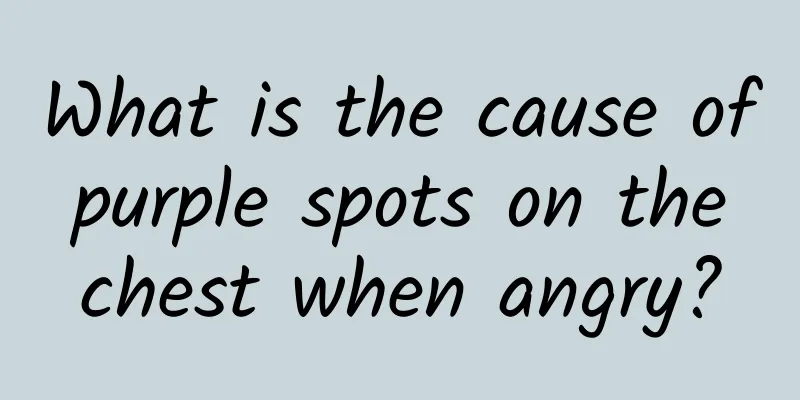What to do if you have a stuffy nose and blocked ears due to a cold

|
When you have a cold, it often causes nasal congestion. At this time, your ears may also feel blocked and there may be some hearing loss. This is a common physiological phenomenon. It is mainly caused by rhinitis due to a cold. A stuffy nose can cause such a phenomenon in the ears. At this time, you can press your ears with your palms, releasing and pressing. This method can achieve good relief. What to do if you have a stuffy nose and blocked ears due to a cold In this case, there is no need to do anything with the ears. You can treat the cold first and treat the nasal congestion at the same time to avoid curing the cold but causing rhinitis, which will aggravate the condition. The symptoms of nasal congestion can be relieved by nasal medication, chewing onions, applying hot compresses to the nose, etc. How to clear blocked ears when you have a cold and have a stuffy nose 1. Press your palms on your ears, pressing and releasing; 2. Or take a deep breath, pinch your nose, close your mouth, puff out your cheeks and blow air until you hear a "pop" sound in your ears. These two methods can massage the eardrum or blow air into the middle ear, changing the internal and external pressure of the middle ear to make the ear unobstructed; 3. Chewing gum, swallowing, and yawning can also help open the Eustachian tube and relieve the symptoms of ear stuffiness. Cold, stuffy nose and blocked ears should be treated promptly If the above methods cannot help the ears ventilate, you need to go to the hospital for treatment as soon as possible. Because the ear stuffiness continues, due to the continuous negative pressure, the veins in the middle ear mucosa dilate, the permeability increases, and serum leaks out and accumulates in the middle ear, leading to secretory otitis media. Causes of blocked nose and ears due to cold The ear is divided into three parts: inner, middle and outer. The middle ear is connected to the nasopharynx through the Eustachian tube. The Eustachian tube is the only channel for the middle ear to communicate with the outside world through the nasopharynx. Under normal circumstances, the air pressure inside and outside the middle ear is basically equal and consistent with the atmospheric pressure. Under physiological conditions, the air in the middle ear will be continuously absorbed by the middle ear mucosa, but the intermittent opening of the Eustachian tube will allow fresh air to continuously enter the middle ear, thus maintaining the pressure balance inside and outside the middle ear. However, when you have a cold, your Eustachian tube may be blocked due to a blocked nose, which will cause the air in the middle ear to be absorbed without being replenished accordingly, forming negative pressure and causing a stuffy feeling in the ears. |
<<: What medicine should I take if I catch a cold from using the fan?
>>: What medicine can cure a cold quickly?
Recommend
Toxoplasma symptoms
Toxoplasma is an intracellular parasite that can ...
How to treat hearing impairment?
Hearing is the most important ability of people. ...
What are the main causes of spontaneous pneumothorax?
Spontaneous pneumothorax is a pneumothorax caused ...
What medicine is better for viral colds?
Patients with viral colds cannot lack the use and...
Who can't eat dandelions?
In early spring, dandelion flowers, known as the ...
What happens if you lift heavy objects during pregnancy?
Women need to pay special attention during pregna...
What causes red nails?
If your nails turn red or other colors one day, s...
The efficacy of nail grass flower wine
Many people are not particularly familiar with he...
Will the first baby be born early?
If a woman has no experience giving birth for the...
Prevention of Nosebleeds
We also call nosebleed epistaxis. There are many ...
The efficacy and function of Jinji Chongji
Gynecological diseases are one of the common dise...
Opinions on the liver damage caused by Polygonum multiflorum
Some time ago, I wrote a prescription for treatin...
What to eat to cleanse the intestines
In daily life, constipation may occur if you are ...
Rejuvenation Herb Contraindications
Rejuvenating grass is also known as Huixin grass....
The effect of snake retreat
Snake's Back is a traditional Chinese medicin...









